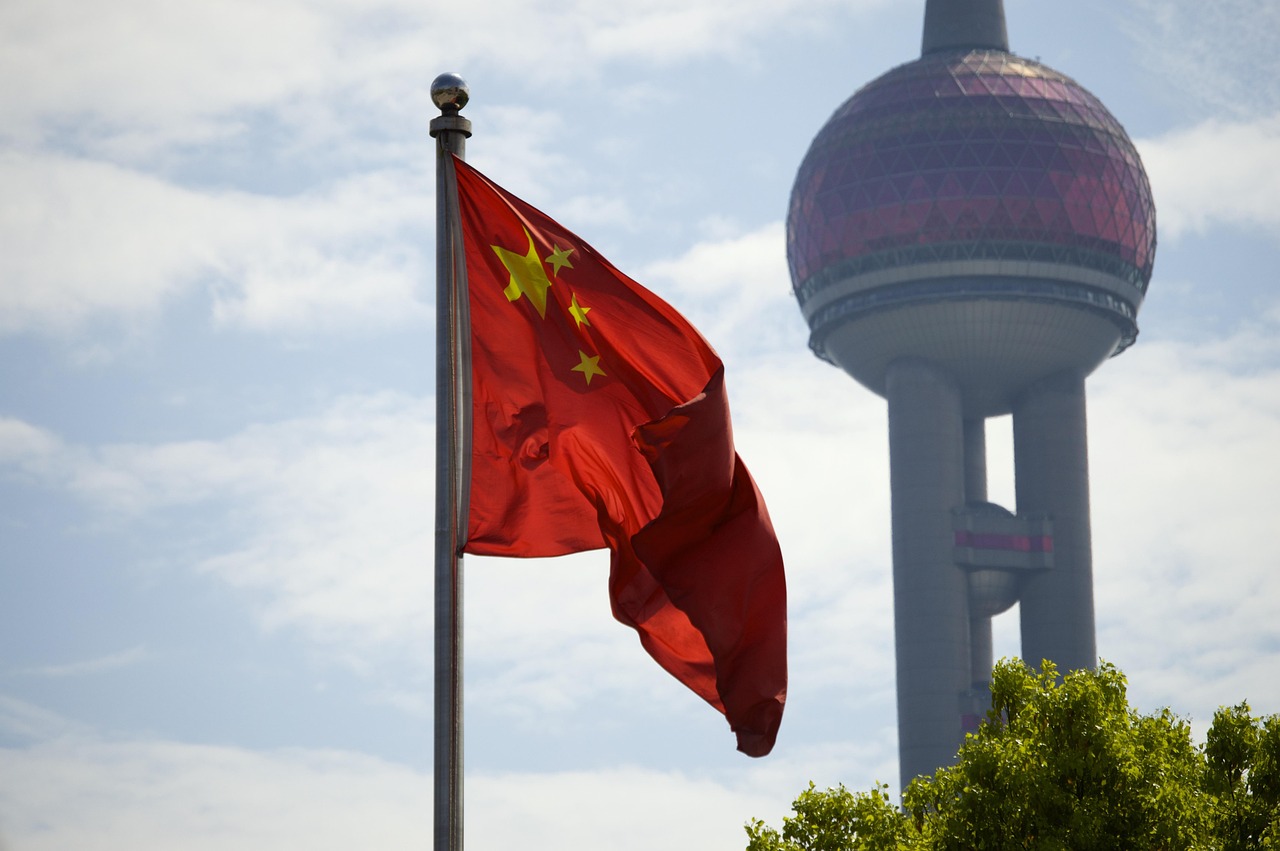China’s AI Plus Initiative, approved by the State Council in July 2025, marks a major step in the country’s ambition to lead the global AI race by 2030. The plan aims to transform industries, foster emerging technologies like generative AI and robotics, enhance computing infrastructure, and promote global cooperation while maintaining strict regulations for security and ethics. With achievements such as DeepSeek’s low-cost AI breakthroughs and a booming $84 billion AI sector, the initiative highlights China’s strengths but also faces challenges from U.S. export controls, funding slowdowns, and global skepticism.
China’s “AI Plus Initiative”: A Bold Push to Reshape Industry, Governance, and Global AI Leadership
China has unveiled its most ambitious artificial intelligence strategy to date through the “AI Plus Initiative,” a high-level policy effort aimed at embedding AI deeply across its economy and society. The initiative, which builds on earlier national strategies, was formally reinforced by a guideline approved by the State Council on Aug 27 , 2025, as reported by Xinhua and other state media. It reflects Beijing’s determination to use AI as a transformative engine for industrial modernization, technological self-reliance, and global influence, especially amid intensifying competition with the United States in the global AI race.
The AI Plus Initiative stems from a long-term vision set in the 2017 New Generation Artificial Intelligence Development Plan, which sought to make China the world leader in AI by 2030. It also follows earlier programs such as the Made in China 2025 plan and the Internet Plus initiative of 2015, which successfully integrated digital technologies across finance, healthcare, and transportation. This latest initiative is described as harnessing AI as a “new quality productive force,” one capable of restructuring industries, building emerging sectors, and driving economic and social transformation.
Key Objectives of the Initiative
The policy framework outlines several critical goals. First, it aims to drive industrial transformation by embedding AI into traditional sectors such as manufacturing, healthcare, and agriculture to improve productivity, efficiency, and resource management. For example, AI-driven production processes and smart agriculture applications are expected to create new economies of scale.
Second, it fosters the development of emerging industries including generative AI, humanoid robotics, low-orbit satellite communication, and the metaverse, areas that Beijing considers crucial for future competitiveness.
Third, the plan seeks to enhance AI infrastructure, with significant investment in computing power, data quality, and open-source platforms. Projects such as the National Integrated Computing Network and the Eastern Data, Western Computing initiative aim to boost national computing capacity to 300 EFLOPS by 2025.
Fourth, the initiative emphasizes global cooperation. China has proposed the creation of an international AI cooperation organization, potentially headquartered in Shanghai, to foster collaboration with developing countries and reduce the digital divide.
Finally, strict security and governance measures are at the core of the initiative. These include managing risks of AI misuse, addressing algorithmic bias, and ensuring data security. From September 2025, all AI-generated content will need to be labeled, a move designed to curb misinformation and enhance transparency.
Implementation Strategy
The AI Plus Initiative is being implemented in a structured and phased manner across multiple domains. In science and technology, China is investing heavily in large language models, AI agents, intelligent robotics, AI chips, and breakthroughs in multimodal algorithms and embodied intelligence. High-quality datasets and optimized computing infrastructure are seen as vital enablers.
On the industrial side, tailored policies are being adopted by provinces and cities. Liaoning, for instance, plans to develop AI-powered manufacturing hubs in Shenyang and Dalian with a target of achieving a 100 billion yuan industry scale by 2027. Major cities such as Shanghai and Shenzhen are building specialized datasets to enhance AI applications in finance, shipping, and manufacturing.
In terms of consumption and daily life, AI integration is being advanced in services such as healthcare and education. From fall 2025, Beijing schools will begin teaching mandatory AI courses, including ethics and technical skills, with a nationwide rollout by year-end.
On governance, China is expanding its regulatory framework through laws such as the Data Security Law, Cybersecurity Law, and Personal Information Protection Law. New provisions will require mandatory identification of AI-generated content and stricter oversight of generative AI platforms.
Globally, China is stepping up efforts to position itself as a partner for the developing world. By the end of 2025, it plans to host at least 10 AI workshops tailored to the Global South, focusing on AI literacy, responsible AI adoption, and eliminating algorithmic bias. A Global AI Governance Action Plan, presented at the 2025 World AI Conference in Shanghai, outlines a 13-point roadmap for global AI coordination.
Achievements and Progress
China’s AI industry is already showing strong momentum. As of April 2025, it had over 5,000 AI companies, with the sector valued at 600 billion yuan (approximately $84 billion). Projections suggest the market could exceed $14 billion in 2025 and grow tenfold by 2030.
Domestic companies have made notable breakthroughs in AI model development. DeepSeek and Moonshot AI have released advanced models such as DeepSeek’s R1 and Moonshot’s Kimi K2, which rival Western counterparts at a fraction of the cost. DeepSeek’s R1, built for $5.6 million, outperformed models from Meta and Anthropic, shaking global markets and highlighting China’s ability to innovate under constraints.
On infrastructure, China’s computing power reached 246 EFLOPS in 2024, with progress underway toward its 300 EFLOPS target by the end of 2025. The Eastern Data, Western Computing project is also leveraging renewable energy to sustainably power AI development.
China’s influence is growing through open-source AI platforms. DeepSeek’s R1 application had attracted 97 million active users globally by April 2025, positioning the country as a key partner for developing nations and reinforcing its soft power in the AI space.
Challenges and Criticism
Despite its ambitious scope, the AI Plus Initiative faces significant hurdles. Geopolitical tensions, particularly U.S. export restrictions on advanced semiconductors, have forced China to accelerate self-reliance in AI chip development. However, domestic alternatives still lag behind leaders like Nvidia in performance.
Economic constraints are another challenge. Venture capital investment in Chinese AI startups fell nearly 50 percent in the first quarter of 2025, reflecting investor caution in the face of an economic slowdown and regulatory uncertainty.
Balancing innovation with control also remains a dilemma. China’s emphasis on centralized data management, strict digital ID systems, and heavy regulation may secure safety but could also suppress creativity and experimentation.
Globally, skepticism persists. While China promotes open-source AI as a tool for inclusivity, Western nations fear that its advancements may be directed toward military use or pose data privacy risks.
Global Implications
The AI Plus Initiative underscores China’s intent to shape not only the future of its own economy but also the global AI landscape. Its focus on open-source cooperation with the Global South offers a sharp contrast to the U.S. model of proprietary technology and alliances with developed nations. If realized, the proposed global AI cooperation organization in Shanghai could reshape the rules of international AI governance.
Yet the success of the initiative will depend on how effectively China overcomes technological bottlenecks, sustains financial investment, and manages international concerns about security and transparency. If executed as planned, AI Plus could accelerate China’s march toward becoming the global leader in artificial intelligence by 2030, potentially redefining the balance of power in the digital age.

